- JAPANESE
- LANGUAGE
X
 THAT IS GOOD
THAT IS GOOD
Jin Katagiri, an actor, entertainer and sculptor, will start a new series “NENDO-MICHI of JIN KATAGIRI ~NIPPON local the soul of clay”!

Jin Katagiri has been making clay works for about 20 years by “placing clay on something”. The details that are particular about the details and the lovable works that seem to be grotesque but smile at first glance have fascinated the viewers. Held solo exhibitions all over Japan from 2015 to 2018, and held the first overseas solo exhibition in Taiwan in 2019.
We want people all over the world to see more and more of Jin Katagiri’s unique and strange works. With that in mind, we decided to start the serialization with THAT IS GOOD.
Under the theme of “local works from all over Japan,” we will introduce works from all over Japan and present works inspired by the specialties of 47 prefectures, traditional crafts, and regional characteristics.

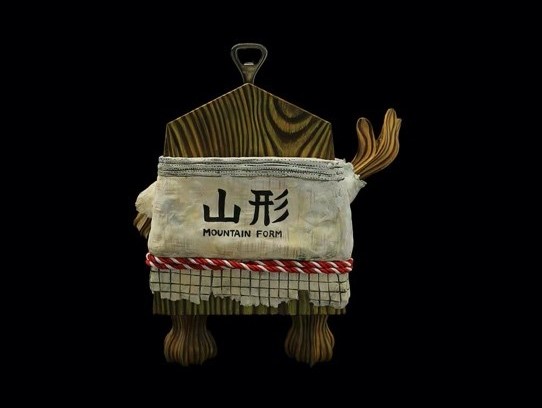
Title “The Yamagata (Mountain Form)”
Law amount: length x width x depth = 425 x 360 x 150 (mm)
Materials: Epoxy putty, Sculpey, Hearty clay, Cardboard, Styrofoam, Taiko studs

The first local work in the series was in Yamagata Prefecture, where my father’s parents’ home, Tendo City, is located.
Speaking of Tendo, Japan’s number one producer of shogi pieces. There was a huge shogi piece called “Hidari uma (Left horse)” that I brought from my parents’ house, with the Kanji letter “Uma(horse)” engraved upside down, so I thought, “Can I make something like this?”
At that time, I came up with the idea, “If you translate” Yamagata “in English, it’s a mountain … That’s right! Let’s make that superhuman!” I chose the bottle opener because there was such a bottle opener in my parents’ house. But it looks like a big ginkgo, right?
*Ohicho
Ohicho is a hairstyle that can be tied by more than Juryo sumo wrestlers (Sekitori).
The name comes from the fact that the tip of the Mage(topknot) resembles a large ginkgo leaf.
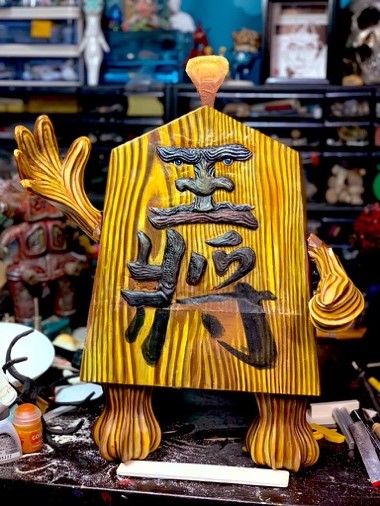

Shogi piece is made of cardboard or epoxy putty to create edges, and the hands and face are sculpey. I used Hearty for Judo wear. I think there was a good gap between the texture of the fluffy judo clothing and the sharp pieces.
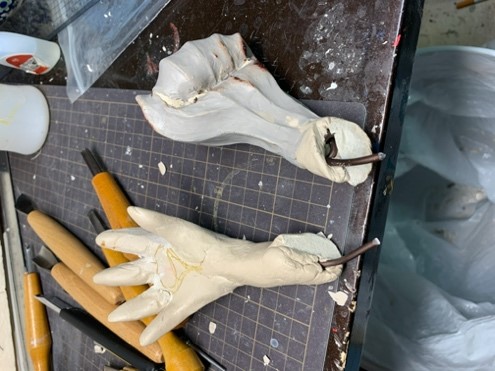

The limbs are based on the shape of the legs of a shogi board. It was difficult but fun to express the grain of the piece by painting but it almost disappeared in judo clothes …
Written by Jin Katagiri
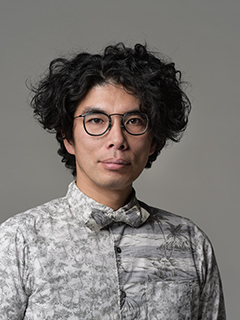
Jin Katagiri
Born November 27, 1973 / Born in Saitama Prefecture / Graduated from Tama Art University
Active in the stage, movies, radio, etc., mainly in TV dramas series. Major appearances in recent years include “99.9% -Criminal Lawyer-” (TBS), “Your Turn to Kill” (NTV), and “NHK Morning drama series Yell” (NHK).
In addition to acting, he also creates clay, and from 2016 to 2018 he held a national tour at the “Jin Katagiri Absurdity Clay Art Exhibit Giri Ten.” In 2019, he is holding his first overseas solo exhibition in Taiwan.
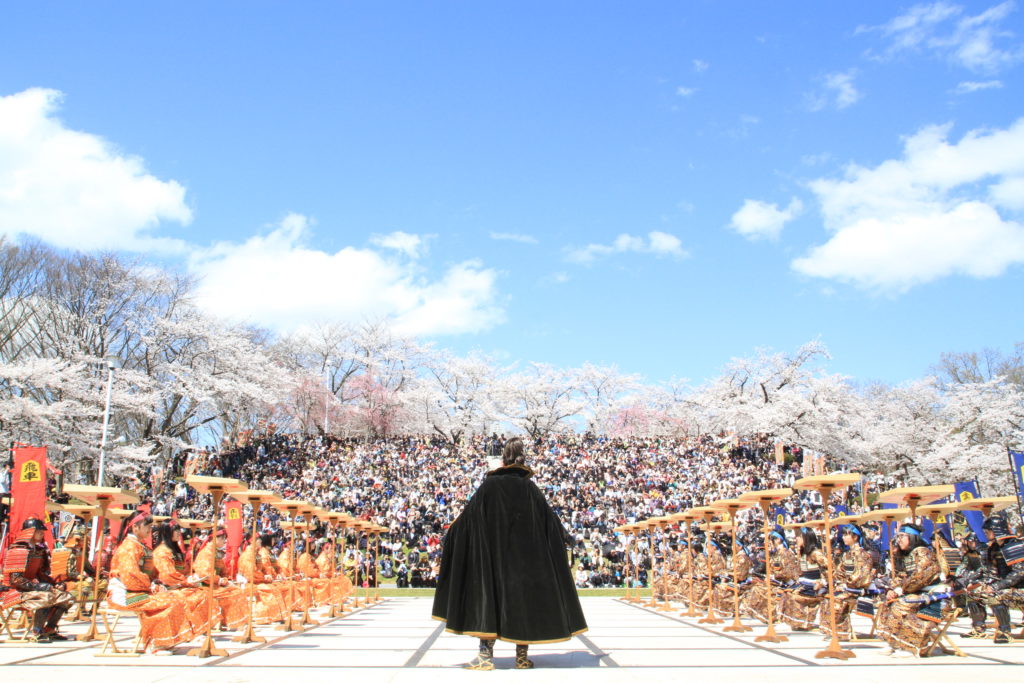
Jin Katagiri’s roots in Tendo City are located in the eastern part of Yamagata Prefecture, and are famous as “the best shogi piece producing area in Japan.” Even in urban development, people are particular about “shogi” and hold various events together with the public and private sectors. One of the biggest events is “Human Shogi”. Set in Maizurusan, where about 2,000 cherry blossoms are in full bloom, it is quite spectacular to see the warriors and maids dressed in armor and kimono acting as shogi pieces and performing the big picture.

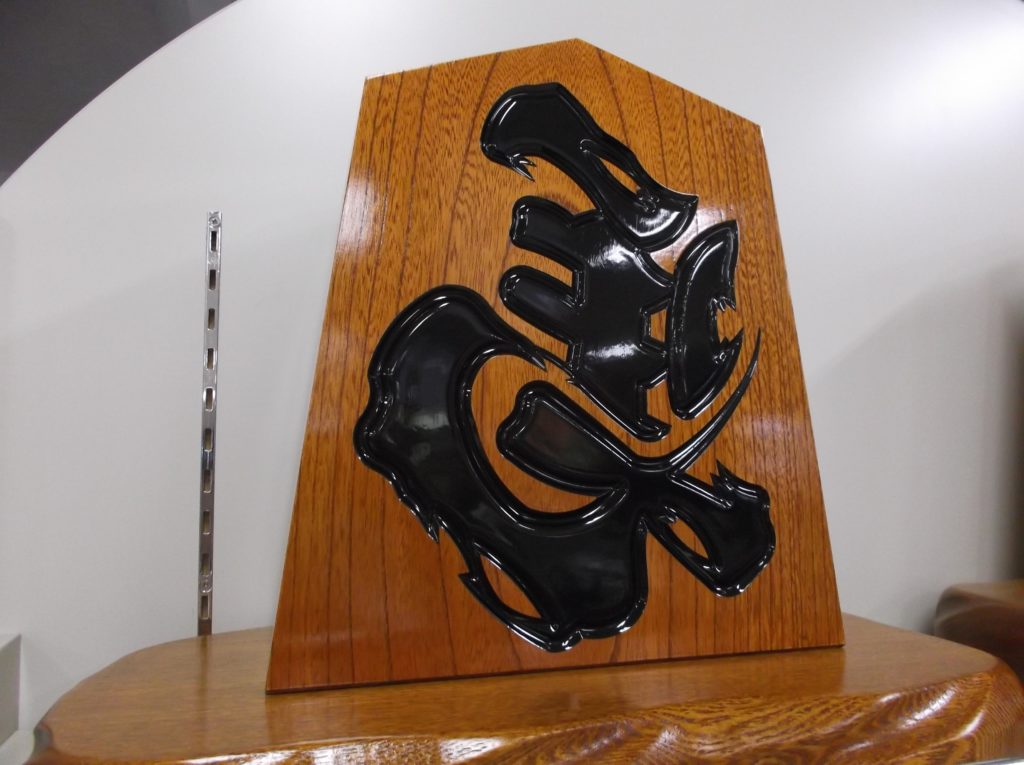
“Hidari uma”, which was a hint for the new work “Yamagata”, is a piece of shogi unique to Tendo. It does not exist in the original game of shogi, and is useful as a protective piece for prosperous business that invites good fortune, for example, it is a gift for those who have built a new house or started a business.
The origin of the “Hidari Uma” being regarded as a lucky charm is as follows.
・The word “Uma(means horse)” is written upside down on the left horse. If you read “Uma” from the opposite direction, you can read “Mau”. The sound of “Mau” is reminiscent of the “dance” that has been danced in happy seats for a long time, so “left horse” is said to be an auspicious piece that invites good fortune.
・The lower part of the Kanji letter “horse” is said to resemble the shape of a purse, and the purse is a symbol of wealth because it has a tight mouth and the money you put in does not escape.
・Generally, a person pulls the reins of a horse, but since the horse is upside down, in the opposite sense, the horse attracts (= invites) people, which is said to lead to prosperous business.
The first memorable work was inspired by the lucky charm “Hidari uma”. We hope that we can deliver good luck together for 2021. There are many “lucky things” in Japan depending on the region, so it may be possible to introduce them in the series. Please look forward to the announcement of the next new work.
Written by THAT IS GOOD editorial department Fujita